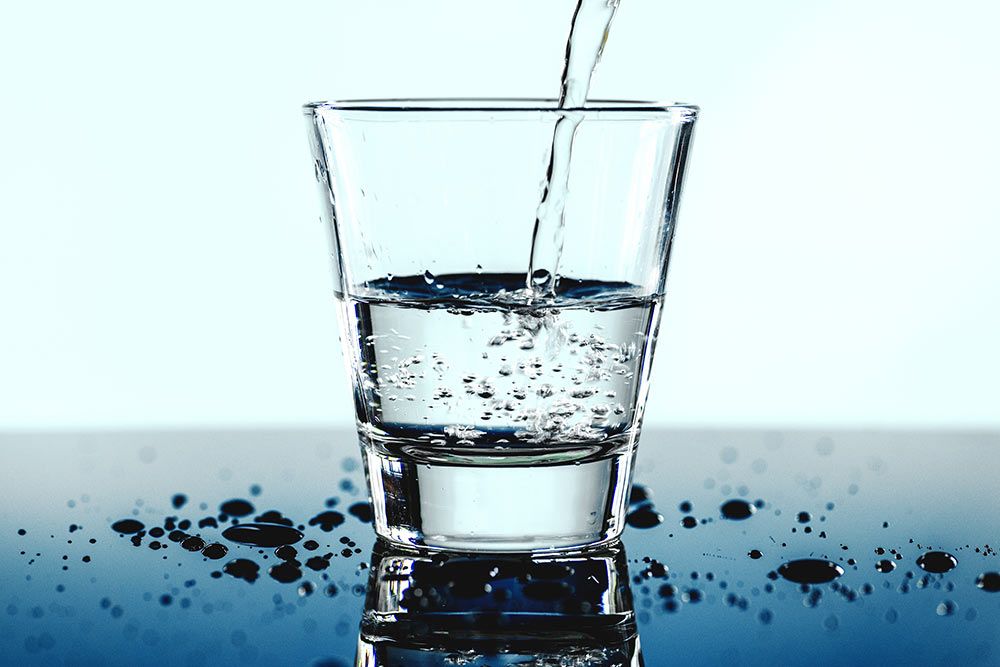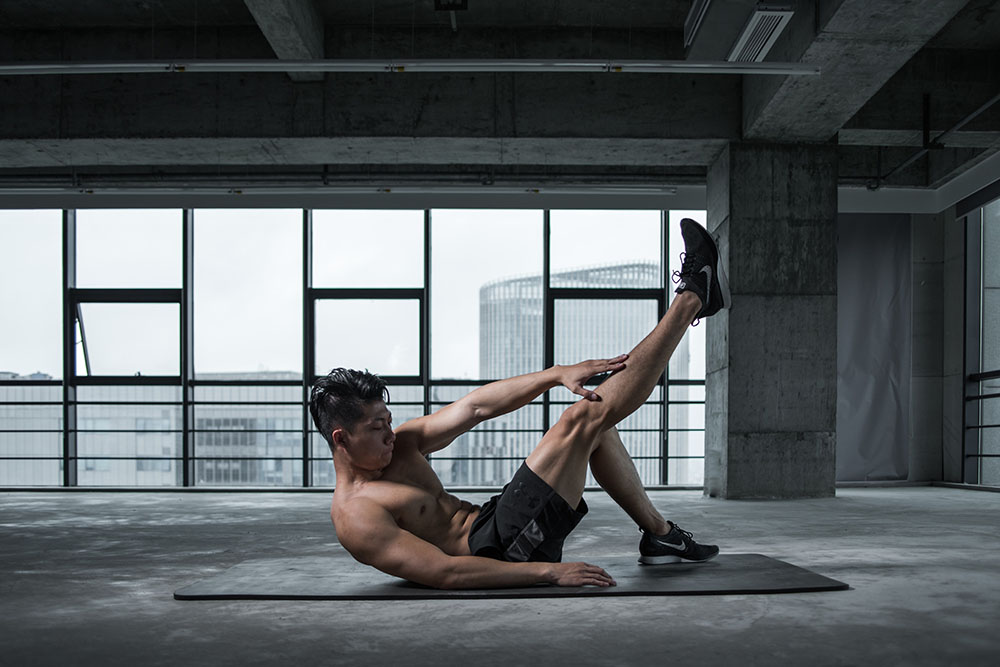Children Weight Lifting: What You Need To Know!

Dayton Kelley
Should You Allow Your Child To Weight Lift?
This question has seen much discussion in the past few decades, with professionals arguing fervently for both sides. Childhood is critical period of development; however, exercising with your children can be a fun and mutually rewarding experience, offering your children not only your time but also positive life skills.
In this article, we will review common concerns with weightlifting in youth, delving into why this has often faced stigma, before arriving at the conclusion that these fears are largely ungrounded. In our discussions of youth, we refer to any individuals above the age of 6 years.
Stunted Growth
Commonly the concern is expressed that weightlifting in youth stunts growth.
This stems largely from the observed short-stature in intensively trained young athletes such as gymnasts, wrestlers, and dancers. It was proposed that the high metabolic cost of additional training activities such as weightlifting reduced available energy for stimulating growth, resulting in reduced height. The shorter size observed in these sports is better explained by either that short size is advantageous (gymnastics) or diet restriction is necessary for high level competition (gymnastics and wrestling) than by weightlifting (Behm, Faigenbaum, Falk, & Klentrou, 2008; Rogol, Clark, & Roemmich, 2000).
Current research has found no effect of weightlifting during childhood on adult size (Behm, Faigenbaum, Falk, & Klentrou, 2008).
Although weightlifting does pose an additional metabolic cost to perform, should children adequately replenish themselves, they face no worry of reduced height.
Growth Plates Of Children
An additional point is raised in regards to the growth plates of children. Growth plates are sections of bone at which bones grow and are largely responsible for the increases in size of the skeleton necessary for growing taller.
Heavy weightlifting has been criticized for compressing these structures and diminishing their capacity for growth: a criticism that has found no support in the academic literature (Faigenbaum & Myer, 2010). More worrisome are fractures to these parts of the bone which may retard development. Growth plates are weaker than other parts of bone and susceptible to fracture (Faigenbaum, 2016). The concern arises that should a child bear an extremely heavy weight, their bone may fracture under the pressure.
Although this has also been debunked – maximum strength testing has been conducted with children under supervision on numerous occasions – it is still intelligent for children to use higher repetition, lower weight training because these rep ranges seem to stimulated greater adaption in youth (Faigenbaum & Myer, 2010; Behm, Faigenbaum, Falk, & Klentrou, 2008).
The fracture of growth plates appears more likely in other sports, especially contact sports such as rugby and football (Faigenbaum & Myer, 2010). The impact force of jumping and running in such sports parallels that of the compressive force of weightlifting (Faigenbaum & Myer, 2010; Behm, Faigenbaum, Falk, & Klentrou, 2008). Perhaps most surprising is that weightlifting has recently been proposed as a factor that might even stimulate additional growth in children (Faigenbaum, 2016).
In summary, the current literature does not support the idea that weightlifting will reduce a child’s adult height.
Muscle Wear And Tear
A second common fear of parents with children who weightlift is the potential to accrue muscle pulls and back pain.
While the risk of musculoskeletal injuries have been shown to be of low incidence in weightlifting as compared to other sports, this risk for injury does exist; the risk, however, can be largely mitigated with proper program design and by teaching children good lifting techniques (Faigenbaum, 2016; Behm, Faigenbaum, Falk, & Klentrou, 2008).
The literature has found that children performing proper training with proper technique are actually at a reduced risk of injury in other sport (Behm, Faigenbaum, Falk, & Klentrou, 2008). It is then readily obvious that although weightlifting itself does not pose risk to youth, it is important that children are exercising properly, a rule that extends to adults.
Children Do Not Benefit From Weightlifting
Traditionally, it has been proposed that because children do not have high resting testosterone levels they do not see fitness gains with exercise training (Faigenbaum, 2016).
This lower level of testosterone, however, does not seem to matter: children appear to be readily able to make improvements in muscular strength and endurance (Chaouachi, et al., 2014). A three month weightlifting intervention in children (mean age = 13 yrs) displayed an approximate 5% increase on average on nine different strength tests (Ebada, 2011). Numerous other studies have replicated these findings employing different training programs (Chaouachi, et al., 2014). Thus, we may be assured that our children will not be lifting with out reason.
Children Are Immature
While obvious, the immaturity of children is probably the most legitimate fear a parent may have in regards to their weightlifting.
Both physically and mentally, children do not have the experience adults do. At young ages, children are still learning rapidly about their bodies and experience high rates of growth. It is common to observe growing preteens stumbling into household objects or being unaware of their growing strength. This lack of bodily control constitutes a hazard in a lifting environment when trying to perform complex lifts. The child is exposed to greater risk of accidental slips and falls as compared to an adult whenever lifting because they lack the same control over their bodies.
Akin to this physical infancy, children are also often not as emotionally mature. They may not grasp the gravity of using proper form, ensuring a good warm up, and behaving cautiously. It is here many reported injuries from youth weightlifting are seen (Myer & Wall, 2006). Lacking a spotter, dropping weights, lifting more than is within their means are all mechanisms of injury that dominant arguments against youth weightlifting. Improper form is especially salient to youth because they rapidly recover from injury and thus have the potential to maintain bad form for longer, causing worse injury.
Although concerning, these risks are ameliorated if children are adequately supervised and have been taught to lift properly (Myer & Wall, 2006).
Designing Weight Lifting For Youth
Weightlifting in general is relatively safe to youth, however; key modifications to a lifting program can make it more accessible to your son or daughter.
Firstly, it is important to start your child with exercises that mimic real-life motions they are already familiar with.
Lunges would provide an example. As well, it is important to start their lifting light – low weight and high repetition. This allows children to build movement patterns that avoid slips and falls with higher weight and improve technique. Simultaneously, it leads to the development of stabilizing muscles that strengthen lifts and prevents injury.
As mentioned previously, it is best to have youth remain at higher repetition ranges of low weight because it facilitates great improvement in strength in that demographic (Behm, Faigenbaum, Falk, & Klentrou, 2008). It is also wise to substitute machine exercises for calisthenics or free weight training where possible. Exercise machines are built for adults and can often put children who are of different dimensions at poor angles when completing the movement, increasing risk of injury (Behm, Faigenbaum, Falk, & Klentrou, 2008).
Finally, it is important to communicate with your child: ask them what feels good and what does not.
Takeaway
It is important to remember that the information provided in this article has been generated from peer-reviewed academic studies. However, when it comes to your children, no risk is always the best risk. When deciding upon a fitness routine for your child, always do so sensibly; avoid exercises that are overly difficult or seem to cause pain (the bad kind). When maintaining reason, weightlifting should be of minimal concern when considering risks to your child.
I hope this has been an enlightening read and perhaps called into question some of your outstanding beliefs about childhood weightlifting or confirmed what you already took to be true. Happy training!!
Related Article: 4 Key Risk Factors For Concussions
You Might Like:
Are Plant-Based Protein Drinks Effective for Exercise Recovery?
Dayton Kelly This article was adapted from a combination of speeches given at the European Sports Science Conference 2018, most notably Meghan Brown (UNIVERSITY OF GLOUCESTERSHIRE, UNITED KINGDOM). Protein supplementation has been repeatedly demonstrated to...Is Milk the Perfect Recovery Drink?
Dayton Kelly Optimizing recovery allows you to achieve the most adaptation per workout and reduces the required rest necessary before a subsequent workout. As such, millions of research dollars have been invested into discovering and...Cell Phone Activity Trackers
Dayton Kelley As advances in technology continue to rapidly drive the world of exercise forward, we are faced with new and improved ways to monitor and promote our fitness. This capacity to monitor our training...Effects of Dehydration on Athletic Performance
Dayton Kelly This article was adapted from a combination of speeches given at the European Sports Science Conference 2018, most notably Mark Funnell (Loughborough University, UK). Decades of research have been dedicated to determining the...Ice Baths- Help or Hinder?
Dayton Kelly This article was adapted from a combination of speeches given at the European Sports Science Conference 2018, most notably Cas Fuchs (Maastricht University, Netherlands). Immersion in cold water has been long thought to...The Best Workout Combination: Endurance Training and HIIT
Dayton Kelly This article was adapted from a combination of speeches given at the European Sports Science Conference 2018, most notably David Bishop (VICTORIA UNIVERSITY / AUSTRALIA). Long distance, low-intensity endurance training has been preached...References
Behm, D. G., Faigenbaum, A. D., Falk, B., & Klentrou, P. (2008). Canadian Society for Exercise Physiology position paper: resistance training in children and adolescents. Applied Physiology, Nutrition, and Metabolism, 33(3), 547-561. doi:10.1139/H08-020.
Chaouachi, A., Hammami, R., Kaabi, S., Chamari, K., Drinkwater, E. J., & Behm, D. G. (2014). Olympic weightlifting and plyometric training with children provides similar or greater performance improvements than traditional resistance training. Journal of Strength and Conditioning Research, 28(6), 1483–1496. doi:10.1519/JSC.0000000000000305.
Ebada, K. A. (2011). The effect of a training program on the development of the maximal strength for weightlifting beginner’s performance. Journal of Physical Education and Sport, 13, 281–290. Retrieved from https://www.researchgate.net/publication/261134892_The_effect_of_a_training_program_on_the_development_of_the_maximal_strength_for_weightlifting_beginner%27s_performance.
Faigenbaum, A. D. (2016, Oct 7). Youth strength training: Facts and fallacies. Retrieved from American College of Sports Medicine: http://www.acsm.org/public-information/articles/2016/10/07/youth-strength-training-facts-and-fallacies
Faigenbaum, A. D., & Myer, G. D. (2010). Resistance training among young athletes: Safety, efficacy and injury prevention effects. British Journal of Sports Medicine, 44(1), 56–63. doi:10.1136/bjsm.2009.068098.
Myer, G. D., & Wall, E. J. (2006). Resistance training in the young athlete. Operative Techniques in Sports Medicine, 14(3), 218-230. doi:http://dx.doi.org/10.1053/j.otsm.2006.04.004
Rogol, A. D., Clark, P. A., & Roemmich, J. N. (2000). Growth and pubertal development in children and adolescents: Effects of diet and physical activity. American Society for Clinical Nutrition, 72(2), 521-528. Retrieved from http://ajcn.nutrition.org/content/72/2/521s.long.
















